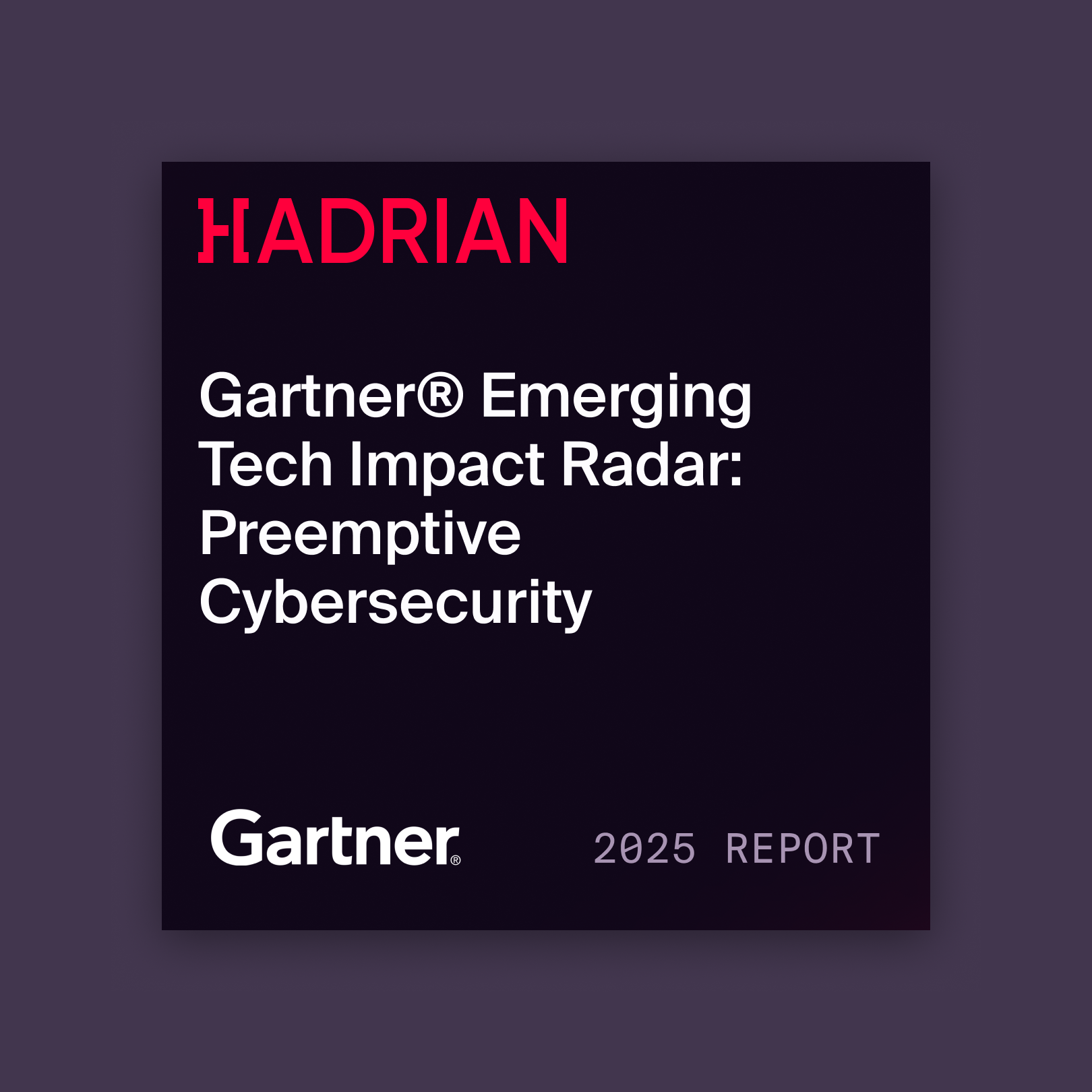
Organizations rely on multiple strategies to assess and mitigate cybersecurity risks. Two key approaches—Attack Surface Management (ASM) and Penetration Testing (Pen Test)—offer unique benefits and play complementary roles in securing digital assets. This article explores their differences in scope, methodology, frequency, and cost to help organizations optimize their security strategies.
What is Attack Surface Management (ASM)?
Attack Surface Management is an automated process that continuously discovers, analyzes, monitors, and mitigates vulnerabilities in an organization’s external-facing assets. ASM solutions operate from a hacker’s perspective, scanning the attack surface for weaknesses that could be exploited. Unlike penetration testing, which is conducted periodically, ASM provides continuous security assessment using automation to identify vulnerabilities in real time.
How ASM Works:
- Automated Discovery: Uses AI-driven technology to map an organization's entire attack surface, including unknown assets.
- Continuous Monitoring: Detects new assets, misconfigurations, and emerging vulnerabilities as they appear.
- Risk Prioritization: Identifies high-risk exposures based on asset attractiveness, discoverability, and exploitability.
- Non-Disruptive Testing: Employs passive scanning and targeted active scans to assess security without impacting business operations.
What is Penetration Testing?
Penetration testing, also known as ethical hacking, is a manual, in-depth security assessment conducted by cybersecurity experts. These tests simulate real-world cyberattacks to uncover exploitable vulnerabilities in a controlled manner. Unlike ASM, penetration testing is conducted at a specific point in time and focuses on a predefined scope.
How Pen Testing Works:
- Simulated Attacks: Ethical hackers use the same techniques as malicious attackers to exploit vulnerabilities.
- Deep Analysis: Human experts conduct thorough security assessments, often chaining multiple vulnerabilities together.
- Manual Testing: Unlike automated solutions, penetration tests involve creativity and advanced tactics to reveal hidden weaknesses.
- Limited Scope: Tests focus on specific critical assets due to high costs and resource constraints.
Key Differences Between ASM and Penetration Testing
1. Purpose and Use Case
- ASM: Provides continuous monitoring and automated vulnerability detection.
- Pen Test: Serves as a validation method to assess an organization’s security measures and their effectiveness.
2. Scope and Coverage
- ASM: Scans an entire external attack surface, identifying all exposed assets.
- Pen Test: Targets a limited set of predefined assets for in-depth security analysis.
3. Testing Approach
- ASM: Uses automated passive and active scanning to detect vulnerabilities without exploitation.
- Pen Test: Involves active exploitation of vulnerabilities to understand the real-world impact.
4. Frequency and Timing
- ASM: Continuous and automated, providing real-time risk insights.
- Pen Test: Conducted periodically (e.g., annually or semi-annually), providing a snapshot of security at a given time.
5. Cost and Resource Allocation
- ASM: Cost-effective with continuous insights through automation.
- Pen Test: Expensive, requiring skilled cybersecurity professionals and extensive planning.
How ASM Complements Penetration Testing
While ASM and penetration testing have distinct approaches, they work best when used together:
- Defining Pen Test Scope: ASM identifies high-risk areas to prioritize penetration testing efforts.
- Ensuring Continuous Security: ASM detects new vulnerabilities between penetration tests.
- Cost Optimization: ASM reduces the need for extensive manual testing by continuously assessing exposures.
The Hadrian Advantage: Automated Pen Testing and Continuous Attack Surface Management
Hadrian’s cybersecurity platform combines the best of both worlds by offering automated penetration testing and continuous attack surface management:
- Event-Based Security Assessments: Hadrian’s Orchestrator AI monitors changes in the attack surface and triggers automated security tests.
- Scalable and Context-Driven Testing: Our AI-powered engine analyzes all assets, mimicking hacker techniques to uncover security risks.
- Real-Time Risk Prioritization: Hadrian eliminates false positives by validating vulnerabilities and prioritizing remediation based on business impact.
Organizations need both penetration testing and cyber attack surface management to maintain a strong security posture. While penetration testing offers deep insights into specific assets, automated penetration testing, and continuous attack surface management provide broader, real-time visibility into security risks. By leveraging ASM to identify evolving emerging threats and penetration testing to validate security controls, organizations can stay ahead of cyber attackers and protect their critical assets effectively.




